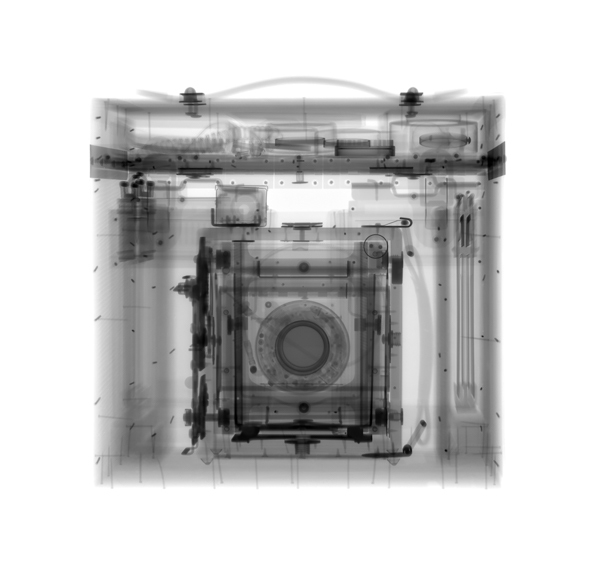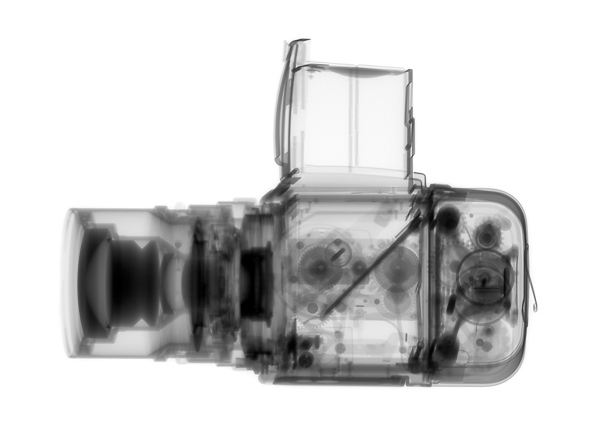Kent Krugh
Member Spotlight - March 2018
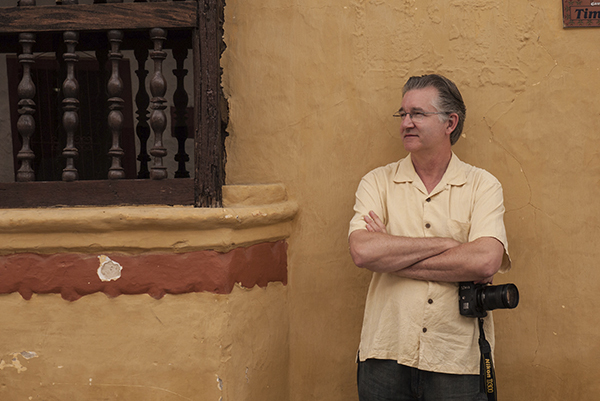
- Where did you grow up, and where do you live now?
I was born in Decatur, Indiana, but grew up on my grandfather’s farm in Northwest Ohio. After earning an undergraduate degree in Physics, I moved to Cincinnati in 1977, where I earned a Masters in Medical Physics. I have lived in Cincinnati ever since.
- Why did you join TPS, and how long have you been involved?
Jean Caslin and Diane Griffin Gregory suggested that I enter the TPS International Competition in 2011, and I later joined in 2015. Good advice from 2 very helpful people. - Why did you become a photographer, and where do you find inspiration or motivation for your work?
I took my first picture when I was around 10 years old with a Kodak Duaflex and still have that camera. When I was 12, I set up a small darkroom in one of my mom’s bathrooms, where I developed B&W film and made contact prints. In high school, I shot sports events and was the yearbook photographer. During college, I took a couple darkroom classes and bought my first 35mm, a Canon AE-1. Much later, I attended an alternative photography workshop with my daughter at the Art Academy in Cincinnati and was inspired to enter the world of art photography.
I hold a Christian worldview and am a follower of Jesus Christ. So, believe it or not, that is a main influence on how I approach my photographic projects. I hope to open a little light (no photography pun intended) on the beauty and intricacies of life, as well as the wonders of creation, both man-made and God-made. Karl Blossfeldt, Eugene Meatyard, Minor White, Josef Sudek, S. Gayle Stevens, and Mathew Brandt are a few photographers I admire and are probably influenced by. Most of my inspiration comes from nature and from visiting museums. For example, last year, I visited the Cleveland Museum of Art and was deeply impressed by the exhibition The Jazz Age: American Style in the 1920s. One piece that impressed me was a glass topped table that had art deco elements sandblasted on the top. Lights from above cast fantastic shadows on the wall. I was stunned.
- How would you describe your photography and/or working process?
Much of my work is project-based and is a result of asking the question, “What would happen if…” I’m fortunate to have access to high powered x-ray machines, so much of my work since 2010 investigates various objects with x-rays. Despite the technical and experimental nature of my x-ray projects, most of my photography explores the natural world and the beauty found there. I grew up on my grandfather’s farm in northern Ohio and spent lots of time in the woods exploring and on the lakes fishing, so these early influences built a profound love of all things natural.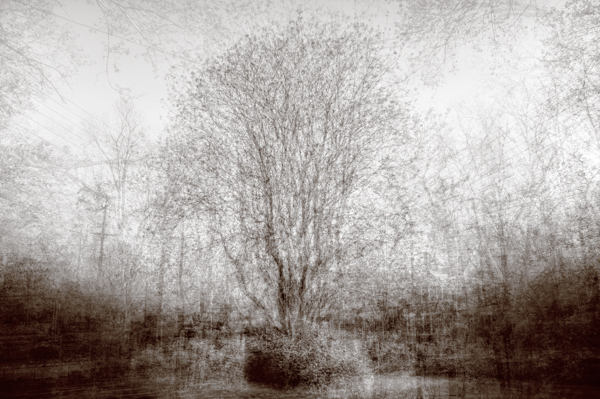
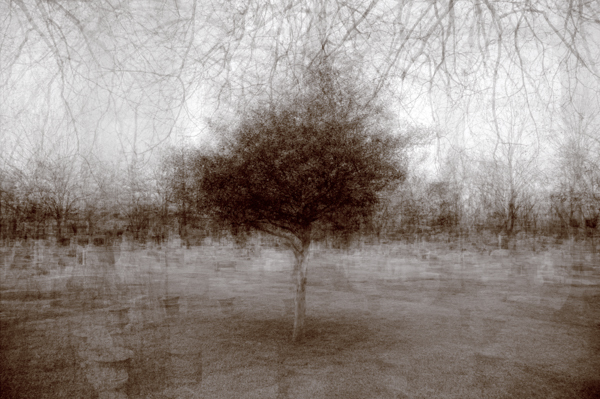

- Please tell us about your most recent photographic work.
I have a collection of about 40 cameras; and in 2014, started x-raying them with film. A couple years later, I had access to a new digital x-ray imager, and then the project took off. Mainly because of the ease in which images could be made, my trial and error techniques were much more efficient. I made a few prints and showed them to other photographers. Soon I had x-rayed over 160 cameras, most of them borrowed from friends and collectors. The publisher, Fraction Editions, showed interest and had the same vision I had for the project. A monograph of this project, Speciation: Still a Camera, is due out this spring.